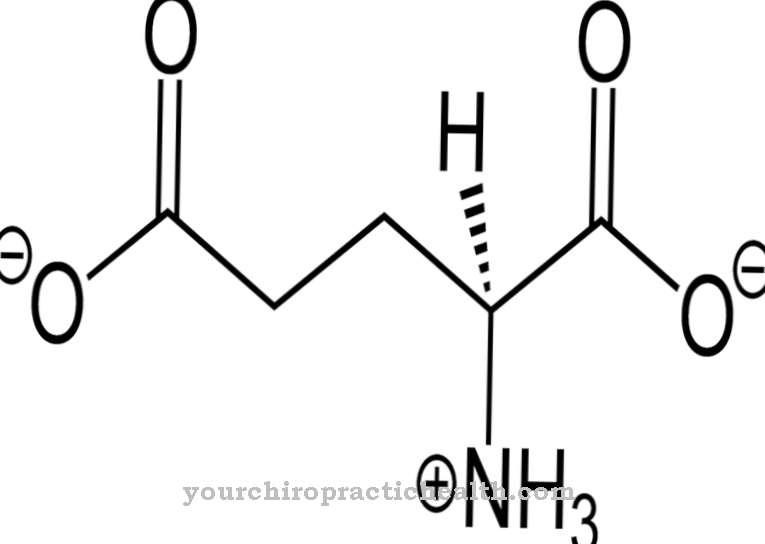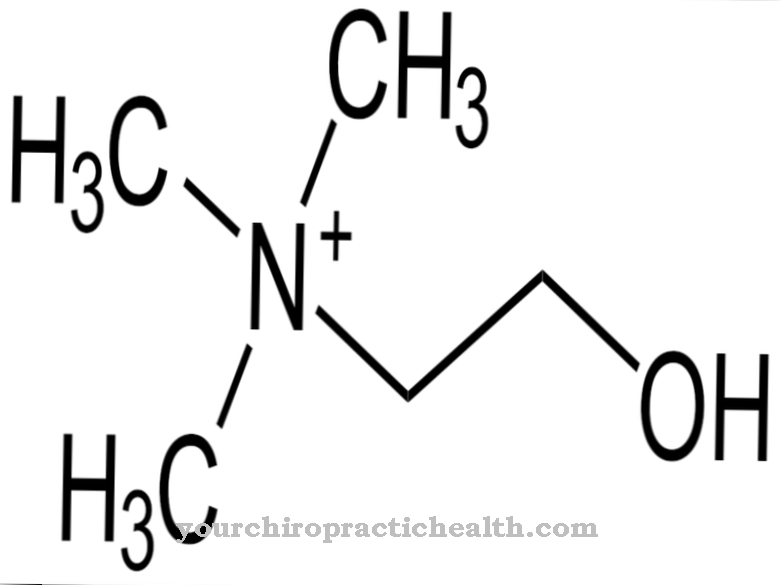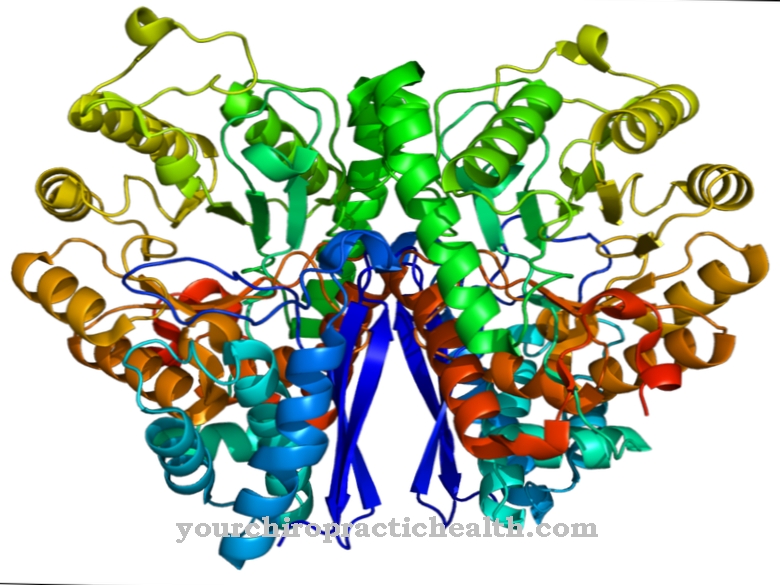Silicon is chemical element. It has the atomic number 14 and the symbol Si. For humans, silicon is particularly important in its bound and silicate form.
What is silicon
Silicon is a trace element. This means that the substance is vital for the body, but can only be found in small quantities in the body itself.
Among other things, silicon is required as a protein building block. If too little silicon is supplied to the body, there is a silicon deficiency. If there is an excessive intake through dietary supplements, there is a risk of excess silicon.
Function, effect & tasks
Organic silicon performs many tasks in the body and is involved in many processes. Probably the best-known property of silicon relates to its function as a form-giver. It gives structure to the connective tissue, skin, tendons and ligaments and ensures elastic stability.
The trace element accelerates the formation of elastin and collagen. Elastin and collagen are special connective tissue fibers. Elastin keeps the connective tissue elastic, whereas collagen provides firmness. The connective tissue not only has a supporting and holding function for the internal organs and the external body structures. It also serves to supply nutrients. Only tight and elastic connective tissue can guarantee a sufficient supply of nutrients to all surrounding cells. If the connective tissue is damaged, cell toxins cannot be properly disposed of.
Silicon also has the ability to bind water in large quantities. Silicon can bind 300 times its own weight in water. Thus it also has a function in regulating the water balance. A balanced water balance is the prerequisite for numerous metabolic processes. The water-binding capacity of the trace element also plays an important role in the elasticity of the connective tissue, the skin, the cartilage, the tendons and ligaments. Silicon is also able to increase the production of collagen fibers in the bones.Collagen plays an important role in bone stability. Elastin production is also increased by silicon. This gives the bone not only stability, but also a certain amount of elasticity. If the bone were only stable and not even slightly flexible, it would break very quickly.
Silicon is not only a component of bones and connective tissue, it is also part of blood vessels. Here, too, the trace element ensures flexibility and elasticity in the vessels and thus prevents diseases of the cardiovascular system.
Silicon is also required to stimulate the immune system. It activates the production of lymphocytes and phagocytes and thus helps the body fight microorganisms such as bacteria, viruses or fungi.
Education, occurrence, properties & optimal values
The body cannot produce silicon; it has to be supplied through food. An adult's daily silicon requirement is around five to eleven milligrams of silicon. Plants absorb inorganic silicon from the soil and convert it so that it can be used by the human body.
However, the silicon molecules contained in plants can only be absorbed by the body to a certain extent. The rest is excreted in the stool and urine. Due to the further industrial processing of food and intensive agriculture, the silicon content in food is falling more and more. Good sources of silicon are oats, barley, potatoes, and millet. Silicon is also found in many types of fruit and berries. Plants such as nettle, horsetail and horsetail are particularly rich in silicon.
Diseases & Disorders
If the supply is too low, there will be a silicon deficiency. A lack of silicon can lead to stunted growth. Some skin diseases with chronic eczema and chronic itching also appear to arise in connection with a silicon deficiency or to worsen with a silicon deficiency.
Common symptoms of a deficiency are brittle nails and hair loss. Dry and brittle hair or hair that breaks quickly should also be viewed as an indication of a defect. In the case of severe deficiencies, the blood vessels and bones can also be affected. The collagen deficiency can lead to osteoporosis or atherosclerosis.
However, excess silicon can also cause damage. An oversupply of the trace element can usually only be achieved by taking dietary supplements. An excess of silicon results in hemolysis of the red blood cells. During hemolysis, the blood cells dissolve. Anemia develops. This manifests itself in symptoms such as shortness of breath, weakness, rapid fatigue, nausea, fainting, tinnitus, hair loss, split ends, palpitations, cardiac arrhythmias and paleness.
With long-term and excessive intake, kidney stones and urinary stones can also occur. Pregnant women should never take silicon in the form of a dietary supplement. It is not yet known whether and what effects the trace element has on the unborn child in high doses. Silicon becomes dangerous when it occurs in higher concentrations in the air. The substance then reaches the lungs via the respiratory tract and accumulates in the alveoli.
One then speaks of a pneumonia or, in medical terminology, of a silicosis. Silicosis is a typical occupational disease of miners. Characteristic symptoms of pneumonia are dry cough, dry cough and shortness of breath. The first symptoms usually only appear ten to twenty years after exposure. As the disease progresses, lung performance deteriorates increasingly. The disease is always fatal.



.jpg)





















.jpg)

.jpg)
